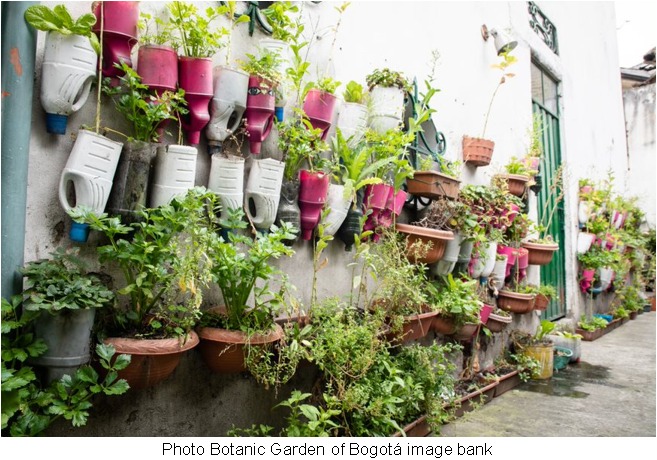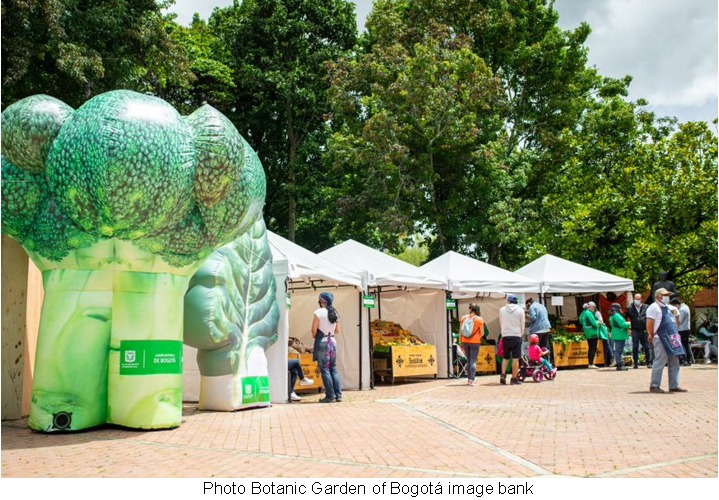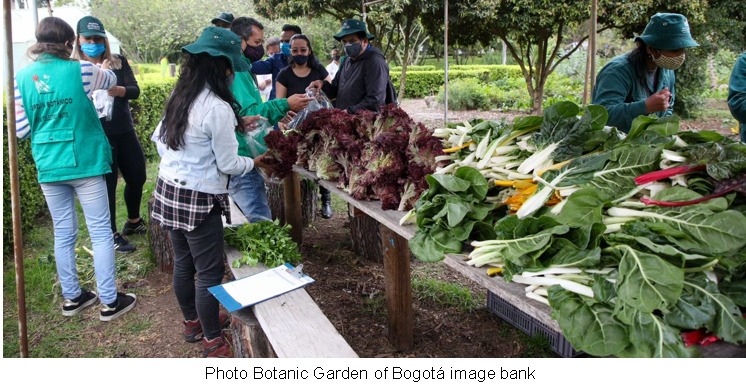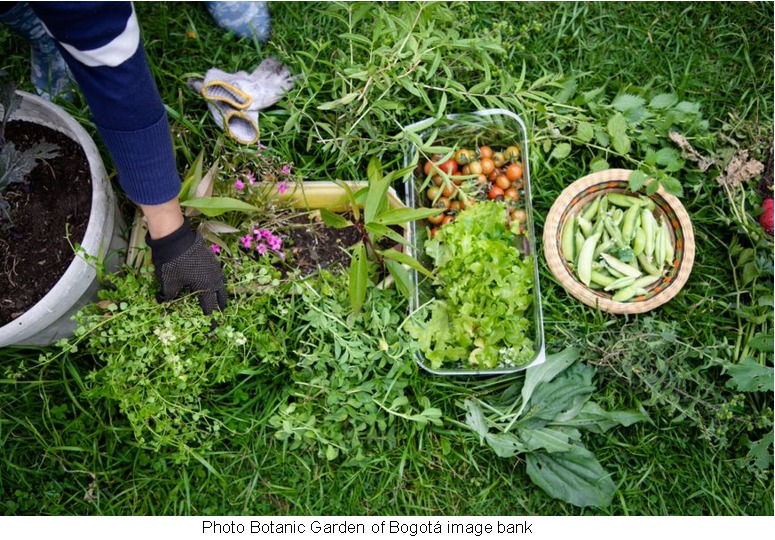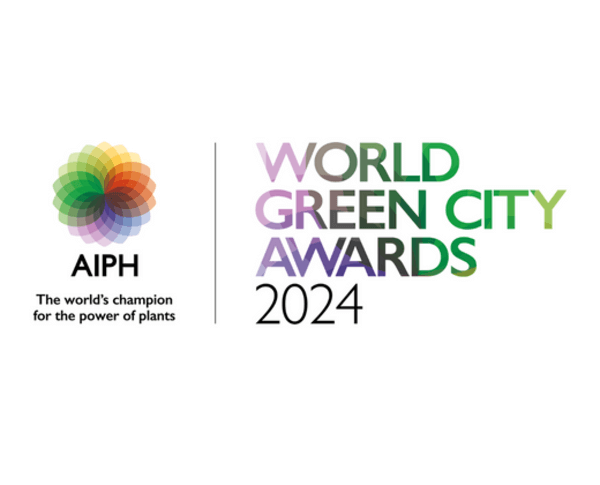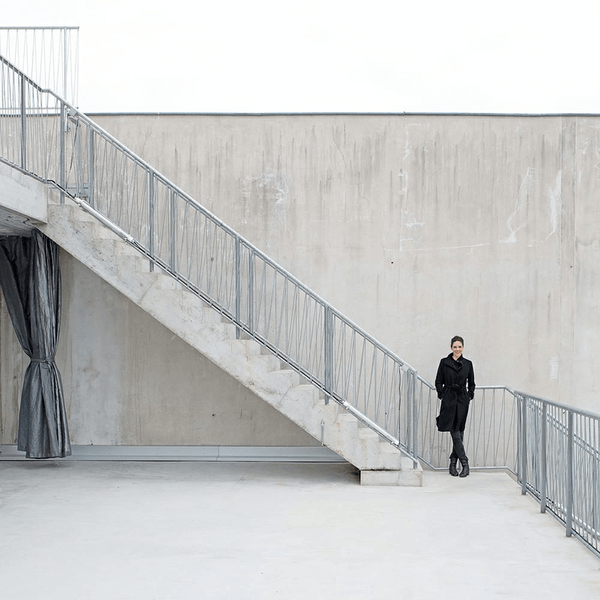City
Bogotá
Main actors
City Government, Private Sector, Community / Citizen Group
Project area
Whole City/Administrative Region
Duration
Ongoing since 2020
The impact of the Covid-19 pandemic, together with the climate crisis, have had well-documented effects on people's physical and mental health in the City of Bogotá and have resulted in the food insecurity of many vulnerable communities. In the face of these global crises, urban agriculture has been instrumental in contributing to the food security of the city and has played a pivotal role both in strengthening community cohesion and in the greening and recovery of public spaces.
Various communities, public bodies, and private organisations have taken up the mantle to initiate collective actions to benefit the urban population. These actions include the establishment of urban vegetable gardens across the city, which provide more than just a source of wholesome, fresh produce. They also serve as a repository for knowledge, while fostering and fortifying community bonds. Furthermore, they offer a chance to reacquaint citizens with traditional and rural knowledge, to adopt nature-positive practices, and to safeguard and encourage the cultivation of indigenous nutritional and medicinal plants and seeds.
The Botanical Garden has contributed to these urban agriculture initiatives by providing scientific and technical support to gardens across the city and by cultivating more than 120 species with nutritional value, granting citizens greater access to food and contributing to the city's public food and nutrition security policy. Since 2020, an impressive number of technical assistance and training sessions have been carried out to support and strengthen a growing number of vegetable gardens.
Originally published by AIPH World Green City Awards: Link to case study.
AIPH World Green City Awards
This project was awarded the 'AIPH World Green City Awards' in 2022 in the following category: Living Green for Biodiversity.
On Map
The Map will be displayed after accepting cookie policy

